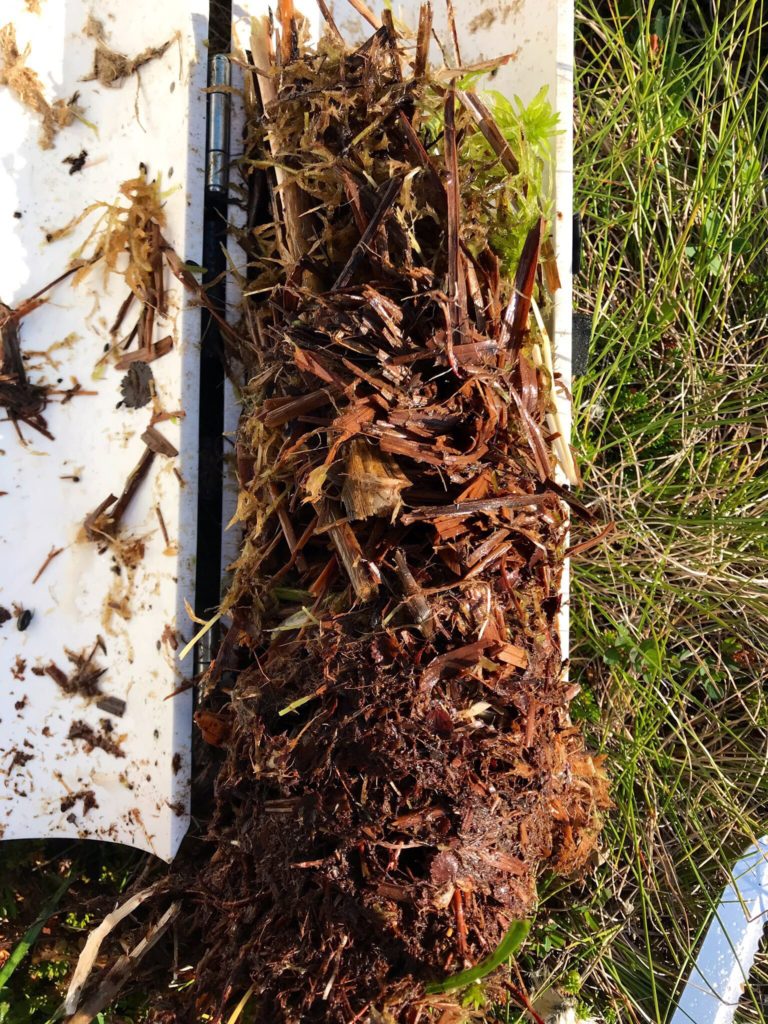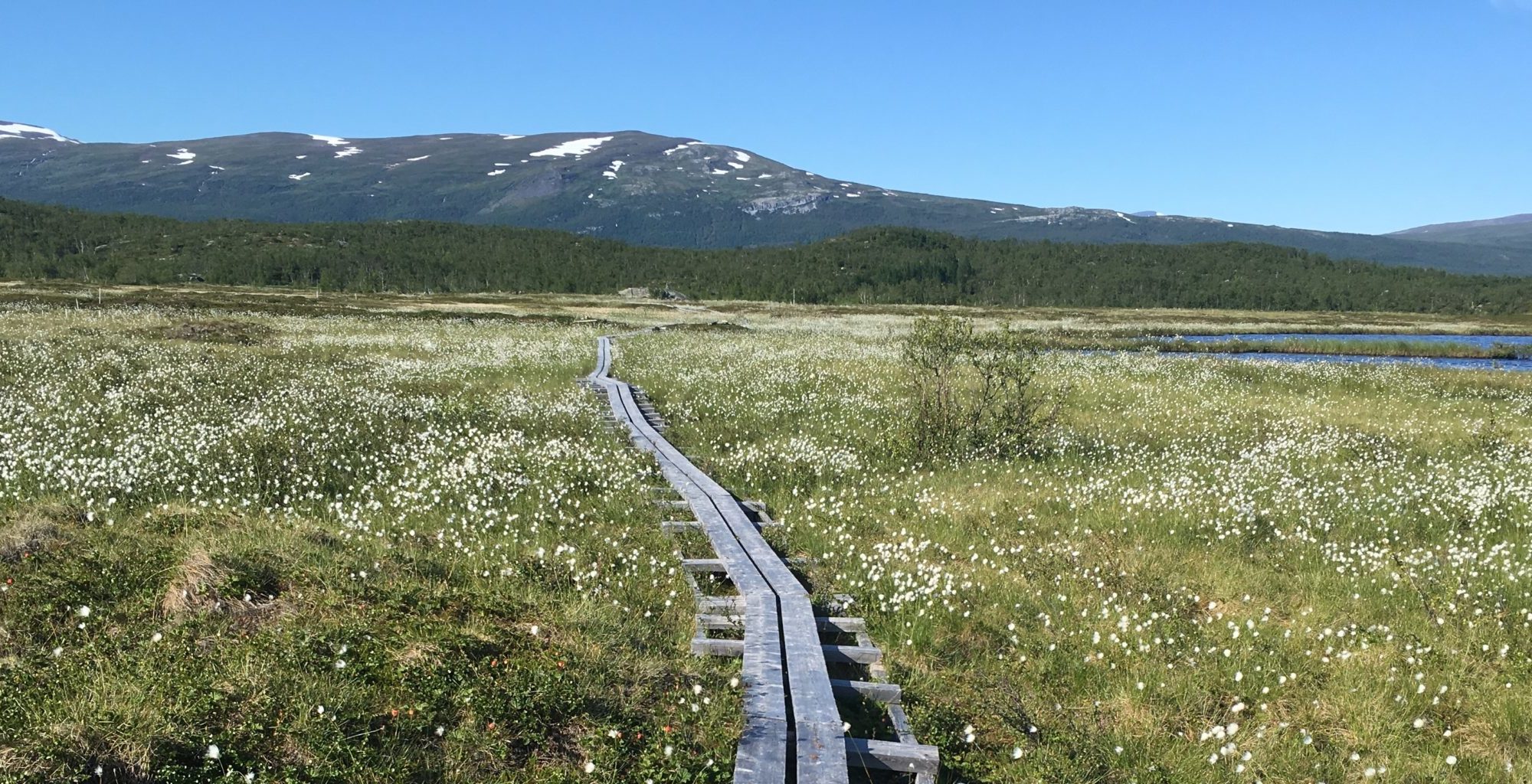Authors: Clarice R. Perryman, Carmody K. McCalley, Avni Malhotra, M. Florencia Fahnestock, Natalie N. Kashi, Julia G. Bryce, Reiner Giesler, Ruth K. Varner
Permafrost is a blanket of soil that is frozen for more than two years and can trap its contents for hundreds to thousands of years. Now that permafrost soil is thawing. This is particularly significant in peatland permafrost because these wetlands sequester high amounts of carbon. As peatland permafrost degrades, methane emissions are expected to increase as the water table rises and provides a suitable environment for methane production by microbes.

Conversely, methane is degraded by a different set of microbes which can significantly decrease potential methane emissions to the atmosphere. But scientists do not know the ideal conditions which drive methane degradation and dampen methane release out of thawed permafrost in northern peatlands.
Scientists studying a peatland in Sweden recently added to our understanding of methane release and degradation within permafrost soil. Perryman and colleagues examined a peatland with multiple stages of thaw in Stordalen Mire, Sweden. Their peatland sites encompassed a gradient of little, intermediate, and full permafrost thaw.
Perryman and coauthors found that rates of methane degradation increased with increasing permafrost thaw, and rates of methane degradation increased with increasing amounts of methane independent of the thaw stage. Therefore, as peatland permafrost thaws and becomes water saturated, increasing methane production will be met by elevated rates of methane degradation.
Redox potential, or the easiness to degrade methane within the environment, dissolved oxygen, and the height of the water table were the most important predictors of methane degradation. The presence of other substances, such as nitrate, sulfate, manganese, and iron, is also known to inhibit methane release to the atmosphere, potentially because they are involved in methane degradation. However, the authors did not find that nitrate, sulfate, manganese, nor iron concentrations affected methane degradation in this study. Instead, the highest rates of methane degradation were found where environmental conditions are typically not conducive to methane degradation.
While these results seem counter intuitive, they indicate that microbes can be activated to remove methane when conditions become favorable and sufficient oxygen is present. This insight highlights that methane degradation is reliant on the cumulative impacts of permafrost thaw on the water table, vegetation, and geochemical conditions. If any of these factors change, so too will the rate of methane removal. Even small changes to the soil environment, like the introduction of low amounts of oxygen, will attenuate methane emissions.

Unexpected consequence of permafrost thaw: potentially less methane released into the atmosphere by Hadley McIntosh Marcek is licensed under a Creative Commons Attribution-ShareAlike 4.0 International License.

